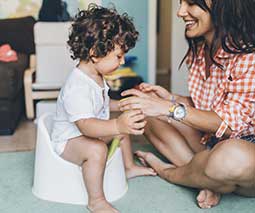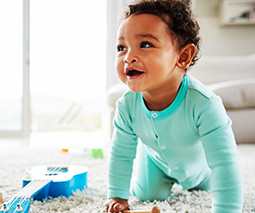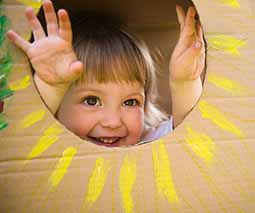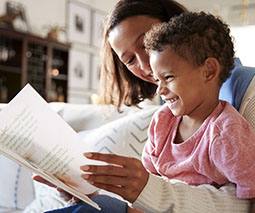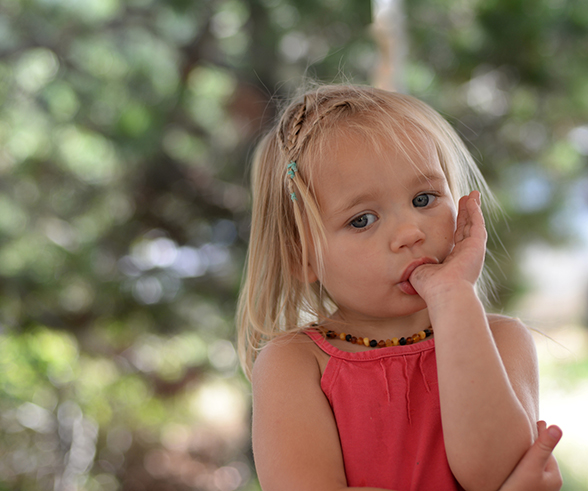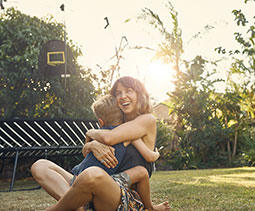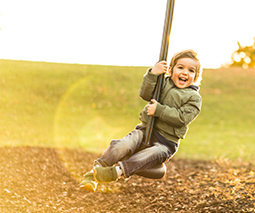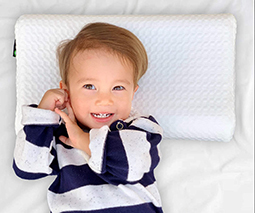Split pants make SO much sense! A look at potty training around the world

There’s so much parenting ‘advice’ out there telling us what to do and by when, but when you look at how child-rearing happens in different counties, you quickly realise that we all do it differently. So much of what we’re told is normal, can actually be attributed to the cultural parenting norms of where we live.
Take toilet training for example. It turns out there is no ‘right starting age’ if you look at how it is done in other parts of the world. Here’s a snapshot.
China
In parts of China, little ones don’t wear nappies at all. Instead, their cute bum cheeks are exposed in a pair of ‘split pants’ – which are just pants, or a onesie, with a slit in the crotch. The idea is they can poop and pee on demand and this teaches them to feel when they need to go. Mum or Dad simply open the ‘slit’ and hold them away from them to ‘go’ – wherever. When they are older, they start to squat themselves. It’s messy but I wouldn’t mind a pair of split pants for my little toilet trainer when he’s playing outside and wants to ‘water’ the plants!
Brazil
In Brazil, the mean age for daytime potty training to be achieved used to be 22.6 months, according to a 2003 study with over 97 per cent trained by age two. Potty training in Brazil is now occurring much later (as it does now in several other countries) with only 24 percent of two-year-olds toilet trained.

Germany
In Germany, daytime toilet training usually occurs by age three with little boys being taught to wee when sitting down. Perhaps this is because Germans love cleanliness and peeing while standing up tends to make a mess? Little boys don’t have great aim!
Indonesia
In parts of Indonesia, potty training isn’t even a thing. As nappies are expensive, standing babies are free to urinate wherever they are, or wherever they are placed by their mums and dads. Parents simply do a swift clean-up afterwards and as a result, little ones tend to learn to use the bathroom quickly – be it the squat toilet, a ditch, or beside a rice field.
More on potty training:
- 7 toilet training realities no one prepares you for
- Your top ten toilet training questions answered by an expert
- Toilet training tips from real parents
The Netherlands
As most kids start their formal education from around age four in The Netherlands, toilet training is encouraged in the home and daycare centres between the ages of 2-3. Like in Australia, toilet time in kindergartens in The Netherlands is a group activity with rows of mini loos found in the kiddie bathrooms. There isn’t so much toilet training pressure as encouragement with sticker charts being used as motivational tools by educators and parents to achieve nappy-free goals.
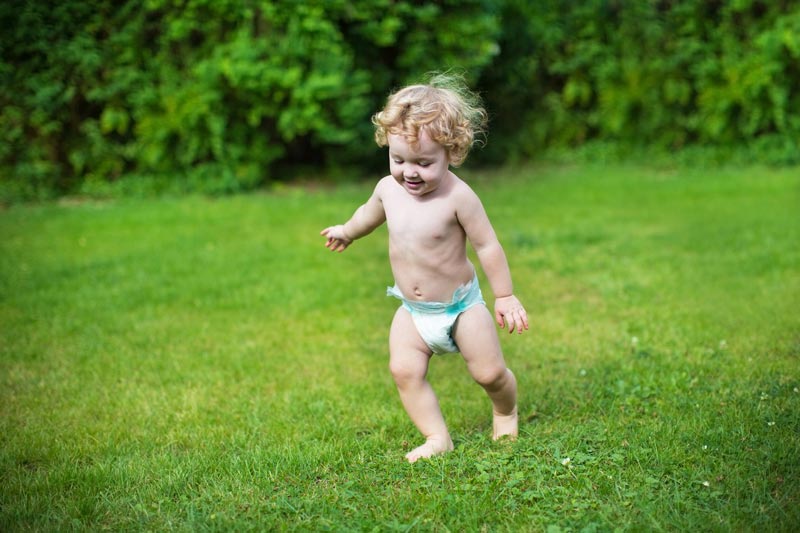
Vietnam
In Vietnam, some parents toilet train their offspring very YOUNG. A paper published in the Journal of Pediatric Urology in 2012 included interviews with 47 mothers in Vietnam who said that by paying attention to their newborn bub’s kicking, crying or facial expressions they were able to determine if they needed to wee or poo.
When these signs were observed, they would hold their babies over a potty and make a whistling sound while bub peed. By around 9 months, the mums planned for their babies to urinate at certain times – say after a feed or a nap by making the whistling sound as a peeing or pooping cue. The mothers reported that they kept practising this whistling method until they no longer had to remind their children to ‘go’.
America
The age of toddlers starting toilet training in the US is climbing. As nappies are readily available, along with an array of toilet training products – pull up toilet training pants and even iPad-compatible potty seats and loos, toilet training is a drawn-out affair and a lucrative market – as it is here.
Iran
Parents in Iran use a variety of methods to potty train, according to a study published in the Iranian Journal of Pediatrics in 2013. There’s the ‘intensive approach’ where a baby is seated on the toilet at regular intervals to get used to using it. And the ‘child-oriented approach’, in which parents initiate toilet training when a milestone like walking or showing an interest in the toilet is reached. In the study, 52 percent of parents said they used the intensive toilet training method and 44 percent said they used the child-oriented method, and about 3 percent had no idea about the method of toilet training they used.
Sudan
In Sudan, babies are toilet trained by age two. This is because they are carried on their mother’s back, even when she’s working. So mums like to learn their little one’s ‘signals’ or they risk getting peed or pooed on. For those parents who can afford to buy nappies, toilet training tends to take longer.
So you see, there is no right age to start toilet training and no right way to go about it. Parents all over the world do it differently and kids all seem to learn it in their own time.
